The Senet game of Ancient Egypt was a board game for leisure in common life, which also had its funerary side.
It was present in the wall decoration and was part of the funerary equipment. According to it, the deceased played against the death and once he or she achieved the end of the board reached also the eternity.
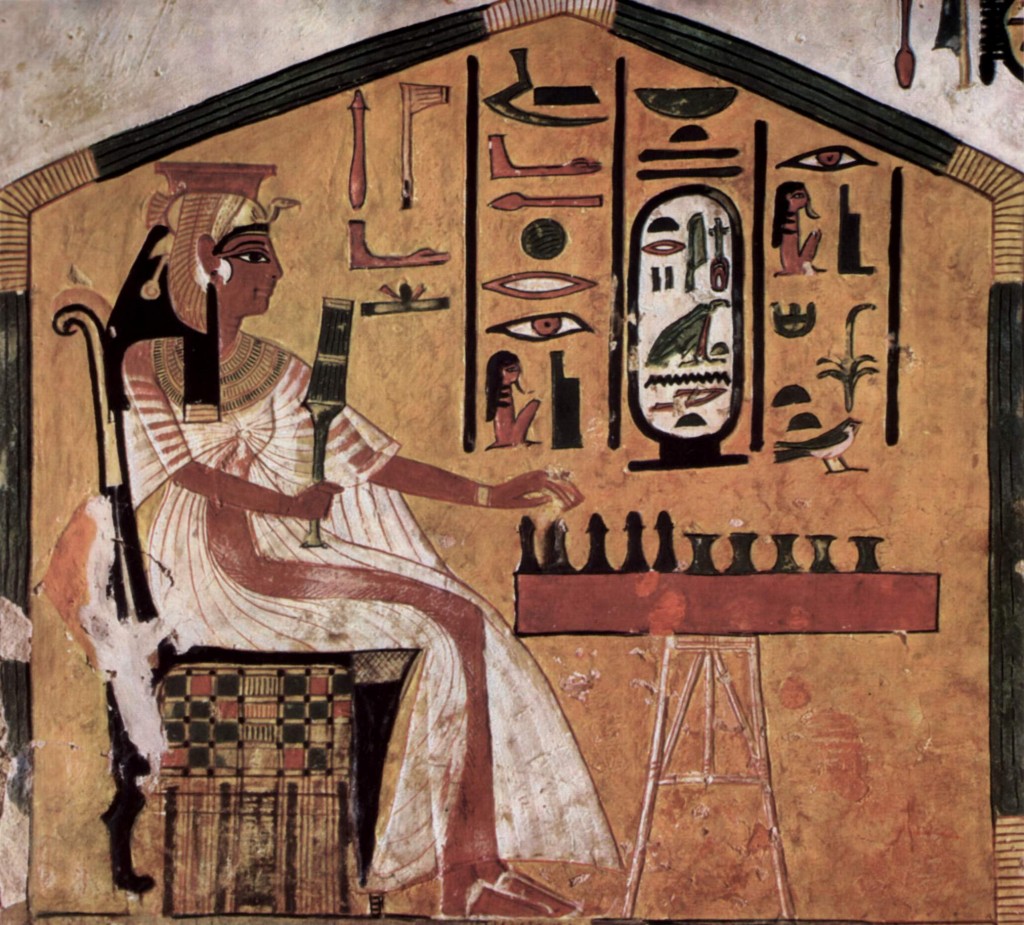
But the decoration of the five last squares of the board also depicted the final steps in the funerary dimension until the resurrection.
I would like to raise briefly some hypotheses to understand it better.
Squares 26 and 27 of Senet Game: The Prelude of a New Life.
The word nefer or neferu in square 26 refers to something good. But also from New Kingdom neferu can refer to a part of a house or even the innermost part of the tomb (specially of the king).
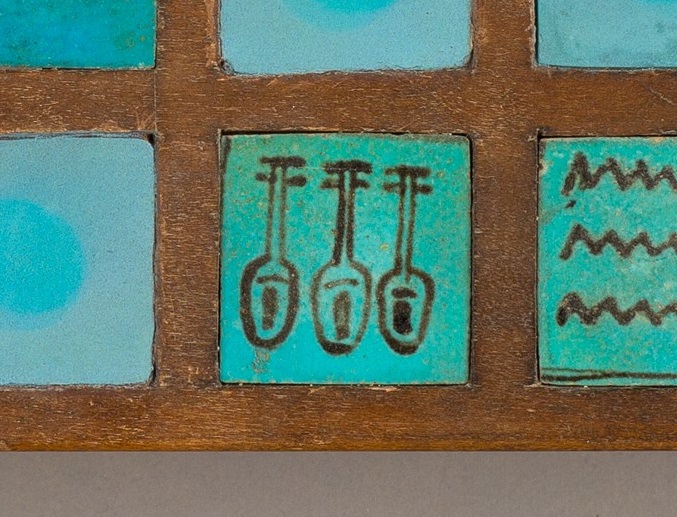
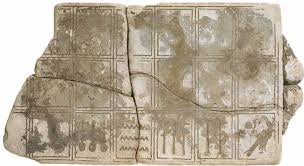
The word mww in square 27 means “water“. In my opinion, and always thinking from the funerary point of view, it could refer to the primeval waters, the chaos where the creation took place. This water had the principles of the Creation and Renewing, both fundamental elements for the dead’s resurrection.
Square 28: The First Step to the New Creation.
The divinities of square 28 could refer us to the first moments of the Creation. In some examples, the small text mention the “souls of Heliopolis“, which from ancient times assited the king in his ascension to the sky. Moreover chapter 115 of the Book of the Death say that the “souls of Heliopolis” were Ra, Shu and Tefnut, the three first gods of the Great Ennead of Heliopolis. It seems that here the deceased is facing a first step in a new creation.
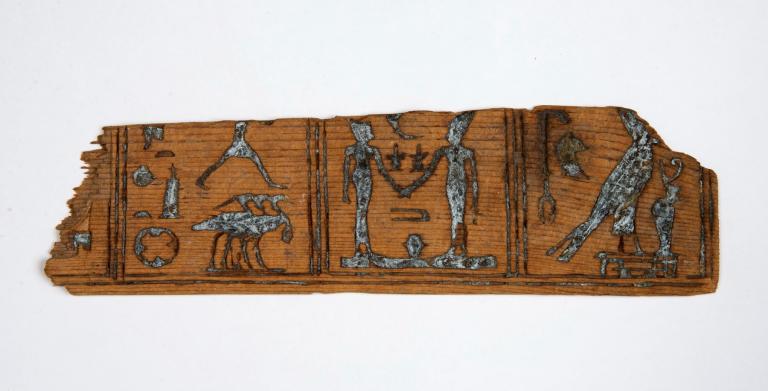
Square 29: The Mourning Ritual of Isis and Nephthys.
The square 29 shows always a dual depiction: two women with holding hands and sometimes identified as “the two sisters”. Obviously they are the two goddesses Isis and Nephthys.
There is a very explicit depiction in a senet board from the Arizona State Museum. In it the two goddesses are wearing the Red Crown (Lower Egypt) and the White Crown (Upper Egypt). In ancient Egypt “The One of the North” was Nephthys and “The One of the South” was Isis.
Both Isis and Nephthys are standing over a hetep-hieroglyph; in fact it is part of a complete sentece saying: “seeing the two sisters in peace“. Moreover Isis is holding with her hand a sign of life, indicating that it is something is directly related to a revivifyng act.
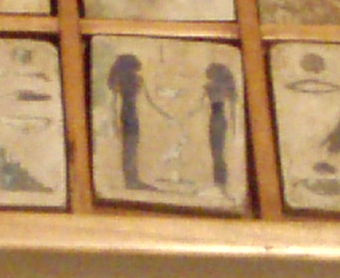
It is not the only example. There is a fragment of a senet game in the Royal Ontario Museum from the Dynasty XIX, whose 29th square is decorated with an image of both women and the text inscribed is almost the same: “the two sisters are in peace“.
The concept of Isis and Nephthys being in peace is already documented in the funerary sphere for helping the dead in his resurrection. The image of the union of both manes of hair of Isis and Nephthys is mentioned in the Coffin Texts and in the Book of the Dead:
Blog “Hair and Death in Ancient Egypt”
Blog: “Hair and Death in Ancient Egypt”
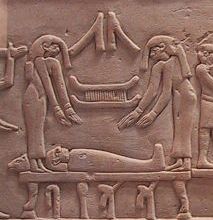
To dedicate a complete square just to Isis and Nephthys is not gratuitous. In my opinion, it refers us to the mourning ritual performed by the two professional mourners in the role of Isis and Nephthys, based in the Osirian Myth. It took place in funerals and granted the final resurrection of the mummy.
Square 30: The Final Resurrection.
Once Isis and Nephthys gave back to Osiris all the vital functions, he could revive as a King of the Underworld and Horus, as legitimate heir, became King of Egypt.
That explains why the last square was dominated by an image of god Horus. That was a proof of the resurrection of Osiris.
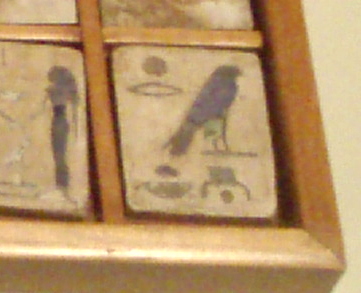
The end of the senet game in the funerary sphere indicated that the regeneration of the dead was a fact. He, assimilated to Osiris, was resurrected and reached the eternity.
Conclusion.
Summing up, we can deduce that the five last squares of the senet game as a funerary artifact depict the three main steps of the dead until the eternal life:
- First he gets into the world of the death and darkness, indicated in squares 26 and 27 by the tomb and the primeval waters.
- Secondly he starts his procedure to the eternal life, indicated in squares 28 and 29 with the ascension to the sky and with the mourning ritual made by Isis and Nephthys to regain his vital functions; a clear allusionto this funerary rite.
- To finish, square 30 shows the image of Horus. That means that the mummy (Osiris) has been revenged by is son Horus, who regains the throne of Egypt. The dead obtains the eternal life.